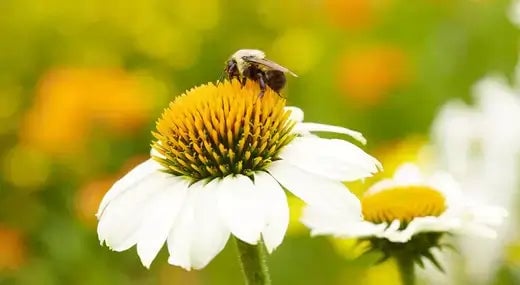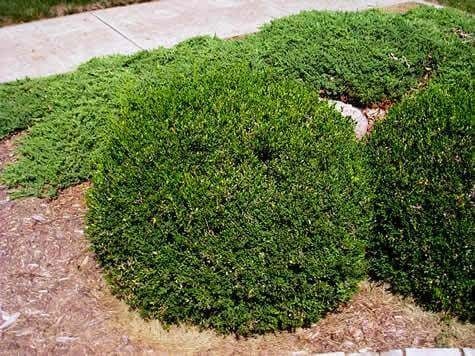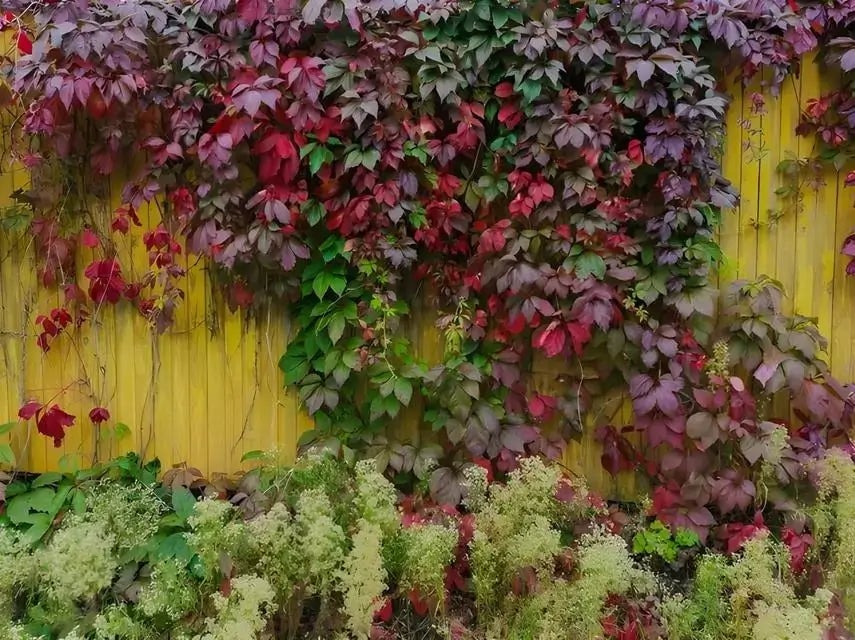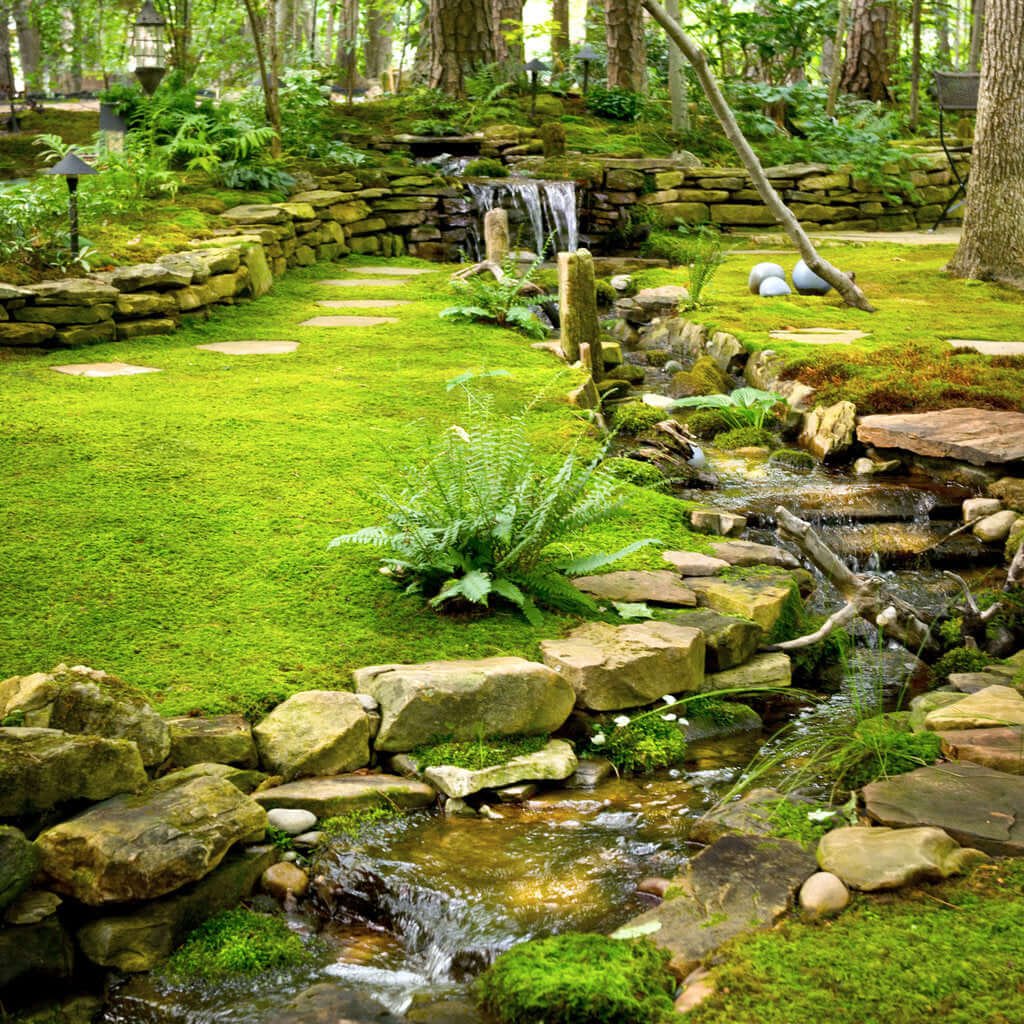10 Creative Decorating and Landscaping Ideas to Transform Your Space
Decorating and landscaping are essential to creating a welcoming and visually appealing environment. The right ideas can make a significant difference in revamping your indoor spaces or enhancing your outdoor areas. This article presents ten innovative decorating and landscaping ideas to breathe new life into your rooms. From indoor oases to outdoor retreats, these ideas offer diverse possibilities to suit various preferences and styles.
Indoor Vertical Gardens
Vertical gardens are a fantastic way to bring the beauty of nature indoors, even if you have limited space. Using wall-mounted planters, trellises, or hanging pots, you can create a stunning green wall.
Eclectic Mix of Patterns
For those who enjoy vibrant and unique aesthetics, consider incorporating an eclectic mix of patterns into your interior décor. Combine various prints, textures, and colors to create a lively and visually stimulating space. From rugs to throw pillows to wallpaper, experiment with patterns that complement each other to achieve a cohesive yet intriguing look.
Solar-Powered Outdoor Lighting
Enhance your outdoor spaces by using solar-powered lighting. These lights are eco-friendly and cost-effective, absorbing sunlight during the day and illuminating your outdoor areas at night. From string lights to pathway lights to decorative lanterns, solar-powered outdoor lighting creates a magical atmosphere while also being energy-efficient.
Zen-Inspired Outdoor Retreat
Design a Zen-inspired garden to create a serene outdoor retreat. Incorporate elements such as a water feature, meditation area, and carefully arranged rocks to evoke a sense of calm and balance. Use minimalistic landscaping techniques and choose plants known for their soothing qualities, such as bamboo and Japanese maples.
Accent Walls with Natural Materials
Create accent walls using natural materials. Consider reclaimed wood, stone veneer, or even textured tiles to add depth and warmth to your interiors.
Drought-Tolerant Landscaping
Drought-tolerant landscaping is a practical and sustainable choice in regions with water scarcity. Incorporate gravel paths and decorative rocks to reduce the need for constant watering and create a beautiful and eco-conscious landscape.
Bohemian-Inspired Décor
The Bohemian style embraces a free-spirited, artistic, and relaxed approach to décor. Incorporate rich colors, mismatched furniture, and global-inspired textiles. Layering rugs, using floor cushions, and incorporating vintage finds are all part of this eclectic and charming style.
Multi-Functional Outdoor Structures In Landscapes
Make the most of your outdoor space by adding multi-functional structures. A pergola, for instance, can provide shade, support climbing plants, and create an outdoor living area. Combine seating, fire pits, and outdoor kitchens to design an outdoor oasis that meets various needs.
Minimalistic Indoor Oasis
Design a minimalistic indoor oasis by focusing on simplicity, clean lines, and a carefully curated selection of plants and décor. Use neutral colors, natural materials, and ample greenery to create a calming and clutter-free environment. A minimalistic approach allows each element to shine and creates tranquility in your living spaces.
Decorating and landscaping offer endless possibilities for transforming your spaces into unique, functional, and aesthetically pleasing areas. Whether interested in vibrant patterns, repurposed décor, or serene outdoor retreats, these ten ideas can spark your creativity and help you achieve the desired look and feel for your home or outdoor area. Remember that the key is to reflect your personality and preferences while incorporating innovative ideas to create spaces that truly resonate with you.
A minimalistic indoor oasis embodies the philosophy that less is more. Every element in the space is carefully chosen to serve a purpose while maintaining a sense of openness and tranquility. The oasis's neutral color palette of soft whites, muted grays, and earthy tones dominate. These colors create a sense of continuity and allow natural light to be reflected and distributed throughout the space, enhancing the overall ambiance.
Furniture in the minimalistic indoor oasis adheres to the principle of simplicity with clean lines and uncluttered forms. A comfortable seating area comprises a few well-designed pieces, allowing for relaxation and contemplation. Natural materials are incorporated into the furniture, further connecting the space to the outdoors and grounding the oasis in nature.
Low Maintenance Plants Are Amazing In Landscapes
A few carefully selected, low-maintenance plants are strategically placed throughout the oasis to evoke a sense of nature's presence. The choice of planters and pots also adheres to the minimalistic theme, maintaining a cohesive aesthetic that complements the space.
The play of light is another integral element of the design. Large windows with simple, unadorned coverings allow abundant natural light to flood the oasis during the day. In the evening, the lighting design consists of gentle, warm-toned fixtures that create a soothing atmosphere. Thoughtfully placed mirrors amplify the effect of light, making the space appear larger and more open.
Minimalistic shelving units and discreet cabinets ensure that personal belongings and clutter are hidden from view, promoting a sense of order and calm.
In terms of décor, a less-is-more approach is taken. A select few pieces of art or decorative items adorn the walls and surfaces, each with a special significance. These pieces contribute to the oasis's personality without overwhelming the senses.
The sound of trickling water adds an extra layer of tranquility, creating an immersive environment that transports occupants to a state of relaxation. The oasis encourages mindful practices such as meditation, deep breathing, or simply being present at the moment.
A minimalistic indoor oasis embodies simplicity, balance, and tranquility. By carefully selecting each element and embracing the less-is-more philosophy, this design creates an environment that fosters calmness and introspection.
The neutral color palette, thoughtful furniture selection, incorporation of plant life, lighting design, storage solutions, and mindful technology use all contribute to crafting a functional and aesthetically pleasing space. In a world often overwhelmed with excess, the minimalistic indoor oasis is a testament to simplicity's beauty and power.
Versatile Plant Ideas for Every Garden Style
Creating a garden that reflects your aesthetic can be deeply satisfying when you opt for plants that meet specific thematic or functional purposes. Creative garden designs like vertical green walls and serene Zen retreats offer limitless possibilities for stunning plant displays. This guide examines suitable plants for various styles and applications, ranging from creating dramatic statement walls to water conservation and achieving bohemian aesthetics.
Plants for Vertical Gardens
Vertical gardens work well for gardeners with limited space while creating a striking visual impact. When using stacked or hanging arrangements in gardens, you must select plants that manage limited root space and can adapt to various light and water conditions. Pothos and ivy make excellent trailing plant options for vertical gardens because their cascading growth helps to soften structural appearances. Vertical gardens benefit from the development of herbs like thyme, oregano, and creeping rosemary, which maintain visual appeal while providing culinary value.
In contemporary garden designs, succulents like echeverias or sedums deliver distinctive textures to living walls. Their shallow root systems enable them to thrive in compact soil pockets and reduce watering needs. Vertical gardens require special consideration since they dry out rapidly, so choosing drought-resistant plants or setting up an effective watering system is crucial.
Plants to Mix into Patterns
Creating plant patterns requires the intentional arrangement of colors and the combination of various shapes and textures. Ornamental grasses provide vertical elements or contrast when placed next to plants with broader leaves. Creeping phlox or ajuga groundcovers create beautiful living tapestries when arranged into geometric shapes or winding patterns throughout the garden.
Bold patterns emerge by planting dark-leafed heucheras beside bright green hostas to contrast leaf colors. Plant marigolds and zinnias in sequential rows or zigzag patterns to produce a vivid splash of color in bedding arrangements. Variegated plants with two-toned leaves generate a mosaic pattern when planted among green plants with solid foliage. Your pattern should remain clear while balancing repetitive elements and diverse features to avoid clutter.
lants for a Zen-Inspired Outdoor Retreat
Japanese tradition influences Zen gardens, focusing on peacefulness and natural harmony through simple design elements. Small ornamental trees and evergreen shrubs create a permanent structure that instills continuous calm. Dwarf pines and compact junipers deliver a minimalist sculptural style that echoes traditional Japanese landscapes.
Mosses and ferns growing in the understory create an atmosphere similar to the serene lushness of a forest floor. Stepping stones surrounded by a carpet of low-growing moss create a calming ground cover, while shade-loving ferns contribute soft arching fronds. Camellias and azaleas provide gentle bursts of color that enhance the overall design without dominating the visual space. The aim is to select plant species that establish serene spaces for reflection instead of creating color chaos.
Plants for Natural Accent Walls
A natural accent wall is an eye-catching center of attention in any setting.= Climbing plants naturally attach to trellises and wood or stone paneling surfaces. Jasmine, clematis, and wisteria varieties create fragrant blooms that turn ordinary walls into captivating garden elements.
Evergreen vines provide continuous thick coverage throughout the year for foliage lovers. Bougainvillea's striking bracts stand out as major visual attractions in warmer climates.= A vertical mount or living frame that combines vines and epiphytes such as bromeliads will create textured layers of visual interest for those seeking to replicate a tropical or rainforest aesthetic.
Drought-Tolerant Plants
Gardens in dry regions need drought-tolerant plants to help reduce water usage. Succulents and cacti are the main attractions because they naturally store water inside their thick leaves and stems. Agaves combined with barrel cacti and aloes create a dramatic sculptural garden effect. Blue fescue and feather reed grass maintain their form when water is scarce while providing dynamic movement and visual texture.
Rosemary, sage, and lavender are Mediterranean herbs that grow well in hot and dry weather while offering fragrant and culinary benefits. Some native plants from arid regions, including particular salvias and penstemons, display vivid flowers and require little water. To stop root rot and help plants flourish, use a soil mix that drains well or place them in raised beds.
Plants for Bohemian-Inspired Decor
The Bohemian-inspired design style combines eclectic elements with free-spirited features that unite bold colors and various textures to create a relaxed, warm atmosphere. Hanging baskets with vining philodendrons or pothos create a lush cascading effect that complements macramé hangers and rattan shelves. Monstera and alocasia, with oversized leaves, are striking focal points within boho living spaces or sunrooms.
Exotic and whimsical flowers such as passionflower vines, orchids, and begonias harmonize perfectly with bohemian design styles. The combination of plant species that feature diverse leaf shapes, including frilly ferns and spiky dracaenas, enhances the curated chaos effect. Choose distinctive gardening containers such as reclaimed wood boxes or antique pottery pieces to improve your space's environment. An organic, relaxed atmosphere emerges when you mix several colors with diverse textures and patterns.
Read more

Pollinators are a crucial factor in our ecosystem, facilitating the reproduction of plants by transferring pollen from the male to the female of flowers.

Boxwood Shrub Boxwood shrub is a common choice for hedging or topiary in gardens.





